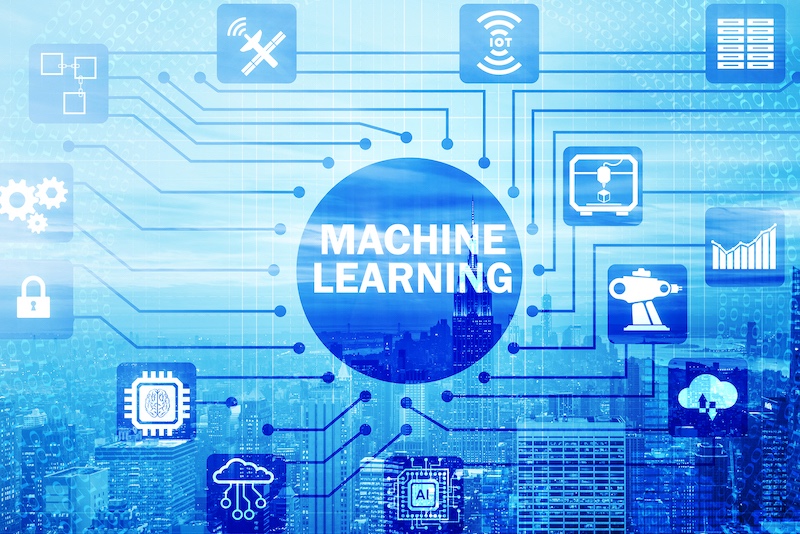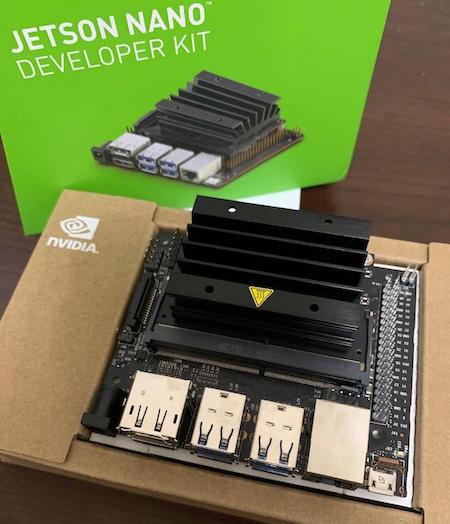Learn about what hardware and software you can use to dive into creating projects with machine learning and AI.
Therefore, you can essentially use any computer that’s able to connect to your existing network as well as to the cloud.
Many tasks can also be performed by single-board computers, like the Raspberry Pi. More demanding tasks, however, might require a dedicated server that can handle the additional load.
The Grove AI HAT for Raspberry Pi. Image courtesy of Seeed Studio.
Therefore, you can essentially use any computer that’s able to connect to your existing network as well as to the cloud.
Many tasks can also be performed by single-board computers, like the Raspberry Pi. More demanding tasks, however, might require a dedicated server that can handle the additional load.
If you’re a hobbyist or maker, a Raspberry Pi with a dedicated co-processor HAT should be more than sufficient to perform everyday tasks. However, various solutions for businesses and enterprise users exist. Those mainly intend to be easy to maintain and cheap to run.
AI Basics for Beginners
If you are completely new to the field of AI and machine learning, I recommend you start by studying the basics of artificial intelligence.
There are many great resources out there, and a lot of them are free. However, I can recommend that you take a look at the book Artificial Intelligence: A Modern Approach to get a good overview of the topic. You can also enroll in an online course if you’re not that into reading. However, be aware that they might be quite expensive.
Hardware for Machine Learning and AI
Once you know the basics, it’s time to think about the hardware. The good thing is that most modern hardware can be used for machine learning and AI.
However, to boost the performance, you can take a look at dedicated hardware that was specifically made for this task. The Jetson Nano is a popular SBC that can be used for all sorts of AI applications.
The Jetson Nano is an AI-compatible SBC designed for both hobbyists and developers.
Software for Machine Learning and AI
Unfortunately, there’s no single go-to software solution for all AI and machine learning applications.
However, you can take a look at this summary of popular free ML and AI platforms. Note that you’ll be limited by the hardware you choose. For example, if you plan on using a Raspberry Pi, you’ll only be able to use software that can run on it, and you can only use programming languages that are supported.
Data Collection for Machine Learning
Some learning methods require you to use a large set of examples and expected results. You can either collect the data yourself, or you can use a database that contains many different examples and large data-sets. OpenML is a free website that allows users to upload machine learning data and results from experiments.
So, What Do You Need for AI and Edge Computing?
Hobbyists and makers should use the hardware that they already own because most AI platforms can be utilized on almost every modern computer.
An external co-processor can drastically speed up the learning process and calculations. Businesses and enterprise users should evaluate what tasks they want to perform since they might need more powerful hardware.
The software that can be used is mainly limited by the chosen platform and the task itself.





